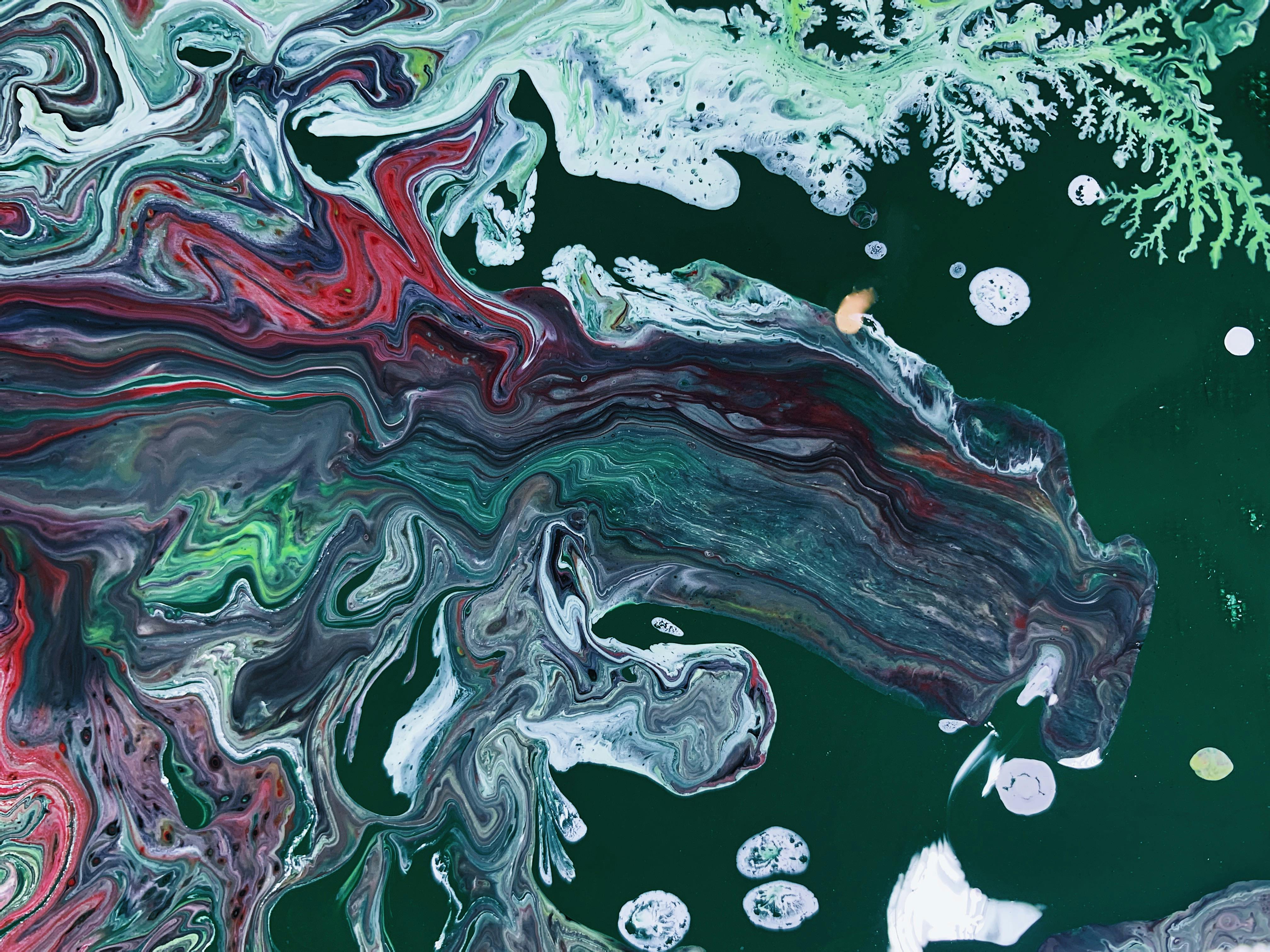
Caribbean sand: how do we get the dusty white matter?
Do you dream of walking along a beautiful Caribbean beach lined with palm trees? Can you imagine sinking your toes into that fine powdery white sand warmed by the tropical sun? For many, I have just described the “happy place” they go to mentally when they need to escape the pressures of modern life.
Moving your toes in the fine white sand of the Caribbean is an incredible experience without a doubt and I recommend it if you have not yet felt that pleasant sensation. Those of us who live in the Caribbean or visit it frequently might take this beautiful white sand for granted. Few of us really stop to think about how it was formed and why it is so different from the sand we find on many other beaches around the world.
So, I want to ask the question:
How does the Caribbean sand get so fine and so white?
Well, I should first point out that not all beaches in the Caribbean have fine white sand. Some Caribbean beaches have coarser sand that is tinged with yellow or gray. In fact, this type of sand is common in the Virgin Islands. In fact, medium to coarse whitish, grayish or yellowish sand is probably the most dominant type of sand in the world on ocean beaches. There are also pink sand beaches like those found in Bermuda derived from foraminifera, a tiny microscopic creature with a hard shell and pink corals. Then there are those rare bizarre beaches in the world that sport a completely different color like the black volcanic sands in Hawaii. There are also the green sands due to the presence of olivine crystals, and before you ask, “no”, they are not on Mars. These rare green beaches are found here on Earth in the tropical Pacific. Anyway, the green and black sand beaches are certainly a curiosity and worth experiencing at least once, but they don’t exactly conjure up my dream image for a relaxing stroll on a tropical beach.
So, going back to the iconic Caribbean beach of superfine snow-white sand … how are these magnificent and coveted beaches formed around the world?
I am going to use the Dominican Republic as a good example as this is where I live and work and I think it illustrates the two attributes of how you get fine white sand pretty well.
First, let’s consider the texture of how fine the sand is. It all has to do with how fast the water moves. Fast moving water, that is, a “rough” sea, has the power to pick up larger particles and transport them long distances. However, water that moves more slowly, that is, a “calm” sea, does not have the energy to pick up the largest and heaviest particles. Still water can only carry fine particles. Therefore, we get fine and dusty sand and no coarse particles are deposited on the beaches adjacent to calm oceans. This describes the conditions in the southeastern part of the Dominican Republic.
Second, let’s consider how white the sand is. To begin with, let’s distinguish between off-white or dull white and really white or bright white. Hey, this discussion reminds me of those laundry soap commercials where they hold the whites and compare them, but I’m digressing! To get truly white sand on a beach, that beach must be adjacent to a coral reef whose skeleton is actually white.
But that brings us to a new question: how do we get the white coral skeleton to grind really well and deposit on adjacent beaches as fine white sand?
That’s where the amazing parrotfish comes in! There are many species of parrotfish and they are all popular with snorkelers and snorkelers because they come in pretty colors and patterns. They also have a large, thick mouth shaped like a parrot’s beak, which is why they are called parrotfish. The main food for parrotfish turns out to be the algae that grows on the corals and while chewing on this algae they use their extremely sharp and strong teeth to scrape it off the coral. In doing so they also take part of the hard white skeleton and this is chewed into the fish and then expelled after it travels through the fish’s digestive system.
So we essentially get our beautiful white fine sand beaches from parrotfish poop and lots of it! A single parrotfish can produce around 200 pounds (that’s more than 90 kilograms) of sand a year! Okay, that’s just the humorous way of looking at it from essentially true as well. However, you can also see it as the wonderful way that Mother Nature recycles her abundant resources.
Our beaches here in the southeast corner of the Dominican Republic, including the beaches of Bayahibe and the beaches of Isla Saona, are adjacent to some of the most extensive and beautiful coral reefs in the world. That is why this area has long been a favorite spot for divers. These coral reefs are a continually growing source of our exquisite fine white sand beaches that we and our guests enjoy. They offer excellent opportunities to walk barefoot on the beach and get rid of all the stress. I invite you all to visit a beach in the southeast of the Dominican Republic and dip your toes in the soft powdery white sand and when you do, give a special thank you to the amazing parrotfish!




